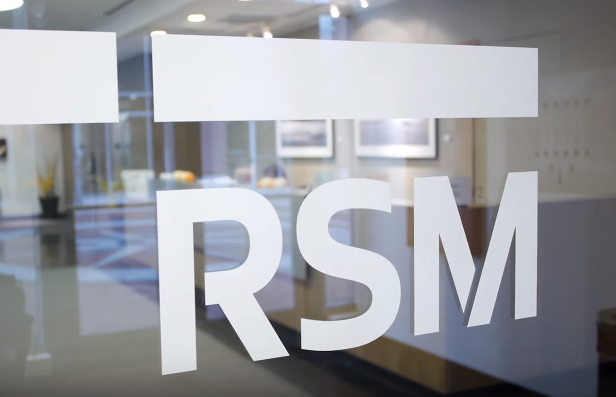In a much-anticipated decision, the U.S. Supreme Court has just held that employers have an ongoing duty to monitor the fees being charged to participants in 401(k) plans (S. Ct. No. 13-550, 5/21/15). The new ruling by the nation’s top court, which is traditionally sharply divided, was unanimous.
Both employers and employees alike can expect to realize an immediate impact. Employers will face greater scrutiny for the investment choices offered in their plans, according to Kive Strickoff, CPA, head of an accounting firm in Garden City, New York. “This higher diligence level may increase their plan administration costs as they turn to investment professionals for guidance,” says Strickoff. He also notes that employees may benefit from investments with lower costs, but could rush into hasty decisions as a result of the new ruling.
At the heart of the matter is an employer’s fiduciary duty to protect the best interests of its employees participating in a 401(k) or other qualified retirement plan. In the new case, employees sued California-based Edison International, claiming that it had failed to meet its fiduciary obligations because it offered only shares of retail mutual funds to 401(k) participants. Retail mutual funds typically require higher management fees than institutional funds often used in the qualified plan arena.
A class-action lawsuit was brought on behalf of 20,000 employees and retirees. Although the Ninth Circuit Court of Appeals turned down the claims for three mutual funds because a six-year statute of limitations had expired, the rest were upheld. Now the Supreme Court has established that the statute of limitations isn’t a bar to claims based on the fees of any of the funds.
The nine justices on the court agreed that employers may be sued if they fail in their “continuing duty to monitor” mutual funds in 401(k) accounts for unwarranted high fees. Usually, employees are left to fend for themselves and may be overpaying without knowing it. The information on fee structures is available, but it’s buried deep in documents where a participant might not find it and likely won’t even bother trying.
The cost for retail funds may be around 1% percent of plan assets, which doesn’t sound like much, but can really add up over time. For instance, according to an article in the L.A. Times citing figures from the Securities and Exchange Commission (SEC), a 1% fee for a $100,000 portfolio would cost a participant $30,000 more than a fee of 0.25% over 20 years, assuming a conservative annual 4% rate of return. In other words, you would have $30,000 less to live on in retirement. The upshot: The longer the time to retirement and the greater the amount of assets, the bigger the difference.
Strickoff sees CPAs playing a large role in guiding employers in the aftermath of the new ruling “Employers should be encouraged to re-evaluate their ERISA plans’ investment selections, and their overall review and selection process, in consultation with their plans’ financial adviser,” he says. He also stresses that plan participants should revisit their investment selections periodically and educate themselves about the offerings at their disposal.
“By far, the biggest and most prevalent mistake most 401(k) plan participants make during their employment lifetime is ignoring their 401K account, rarely if ever making any changes or selections at all. The best advice in general is to ‘pay attention.’ It’s your money, so stay involved,” concludes Strickoff.
Finally, Strickoff advises CPAs to be proactive about notifying their employer clients. With the July 31 due date for filing most ERISA plan Form 5500 tax returns coming up, he says this is an opportune time to meet with business clients about their new responsibilities. Employees may be informed through payroll check stuffers or email mailings with reminders of the educational resources available from HR departments, plus annual meetings inviting questions-and-answers about plan features.
Thanks for reading CPA Practice Advisor!
Subscribe Already registered? Log In
Need more information? Read the FAQs
Tags: Benefits, Firm Management, Payroll



